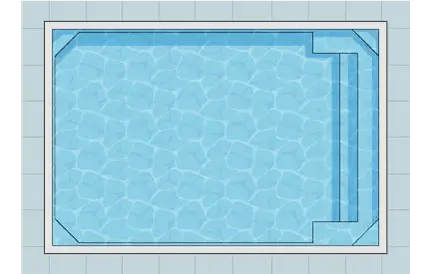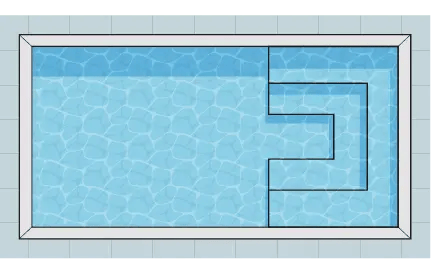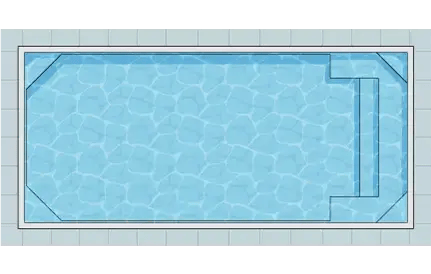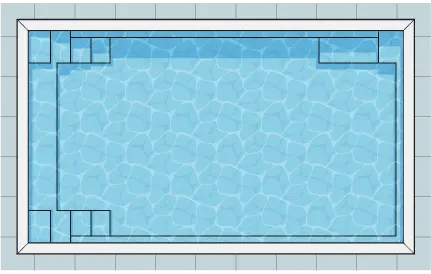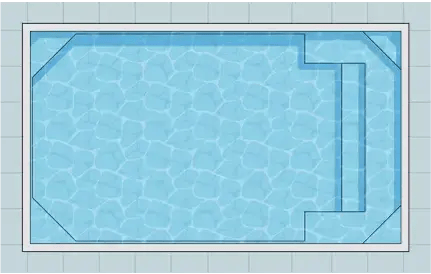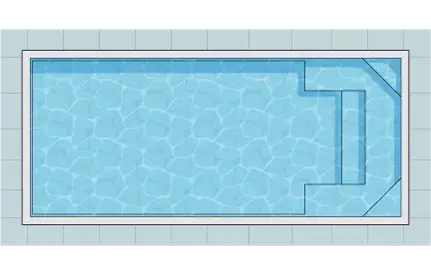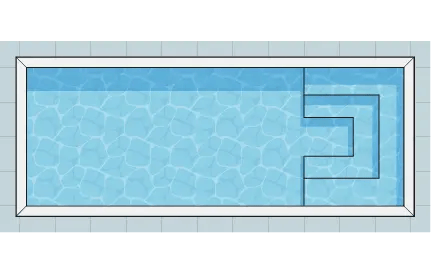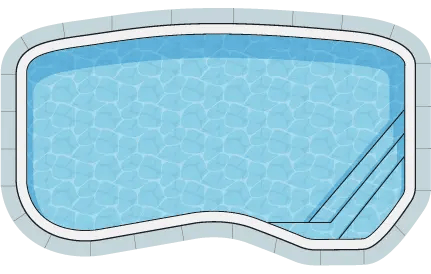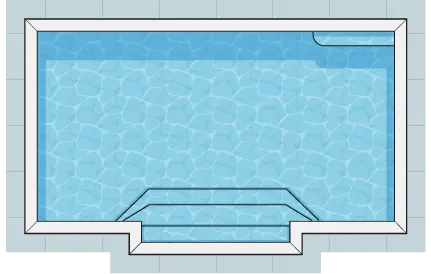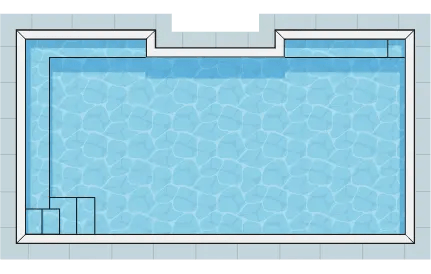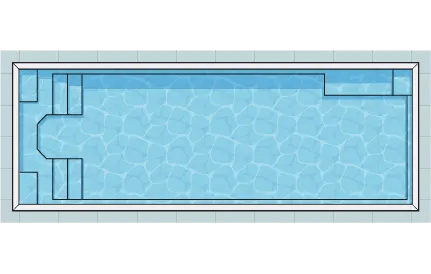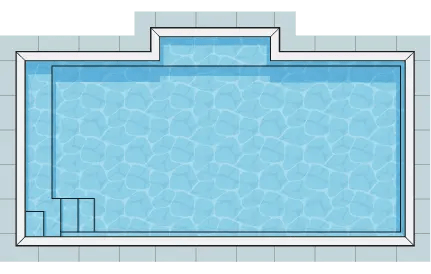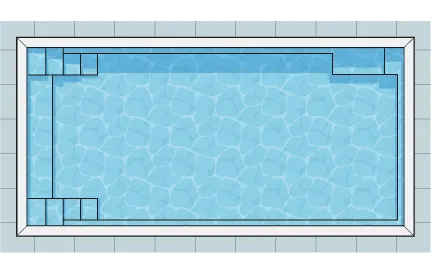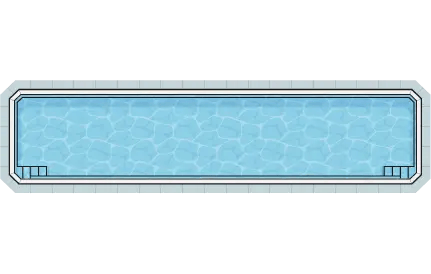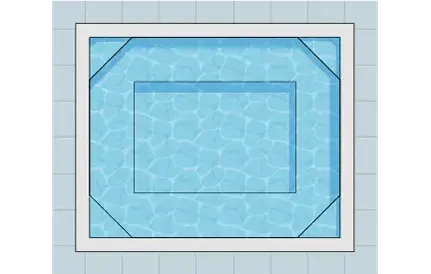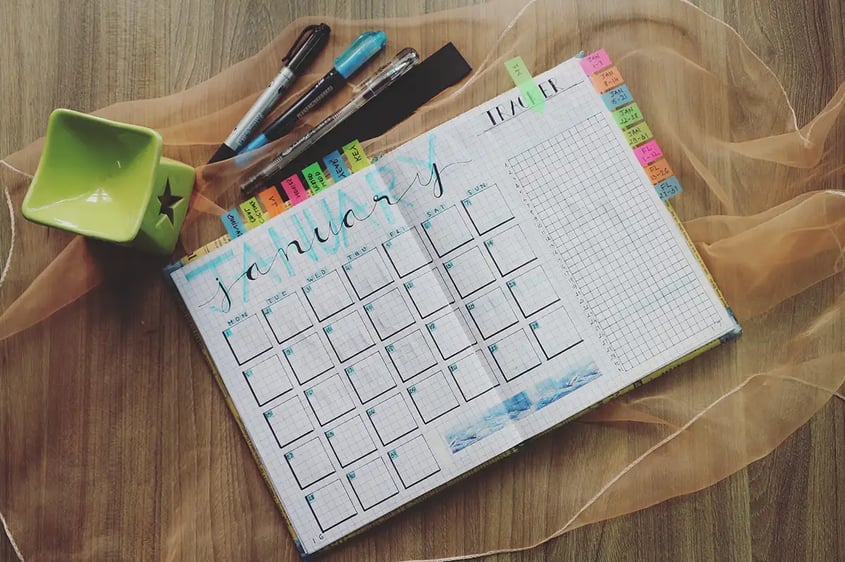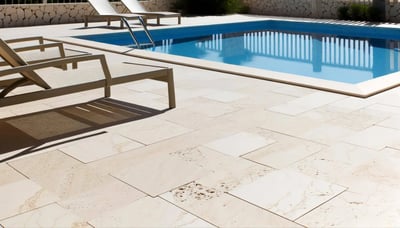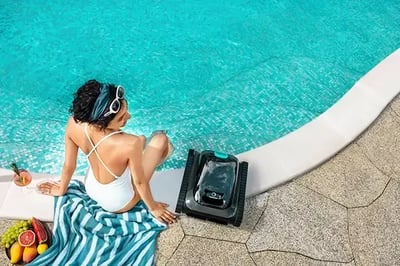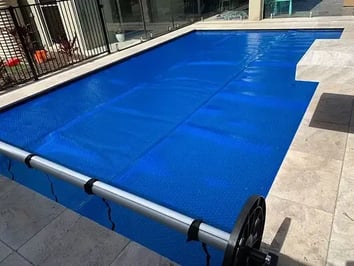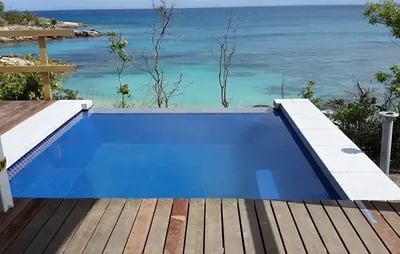You've had a pool on your wishlist for a while, but where do you start?
Let’s take a deep dive into fibreglass pools and look at how you can have your backyard splash ready for summer.
Permits and Regulations
The first place to start is your local Council. All pools in Australia need to have a permit and each Council will have different ways to obtain the correct permissions so first up, call your local Council. Most Council’s have comprehensive websites that can take you through the necessary steps and are a great resource for the initial planning stage.
Types of Permits
The most straight forward approval for a DIY swimming pool is a Complying Development Certificate (NSW). While the concept of a Complying Development Certificate (CDC) exists in various forms across Australia, it's important to note that each state and territory has its own planning and development regulations. As a result, the name, process, and specific requirements for CDCs may vary from one jurisdiction to another.
A Complying Development Certificate in NSW is a streamlined approval process that allows certain straightforward and low-impact development projects to proceed without the need for a full development application (DA).
In other states, the same type of permit exists however they have different names and variations in requirements:
Victoria: In Victoria, similar fast-track planning permits are called "VicSmart," which allows for quicker approval of low-impact developments that meet specific criteria.
Queensland: Queensland has a similar system called "Accepted Development," which covers specific types of low-impact development that do not require a development application.
Australian Capital Territory (ACT): In the ACT, "Code Assessment" is used for low-impact developments that can proceed without a development application if they meet specific requirements outlined in the Territory Plan.
The above information should be checked with your local Council.
In some circumstances due to soil type or other factors with your site, a full Development Application (DA in NSW) will need to be submitted which can be more costly and take more time to be granted.
TIP: If you need help with the approval process contact us at Swimming Pool Kits Direct and we can help.
What size and shape pool is best?
This is a tough one to answer as it depends on the size of your backyard and is a matter of personal preference. Here are some factors to consider.
Size
Intended Use:
Determine how you plan to use the pool, whether it's for relaxation, exercise, or family fun. If you want to be swimming laps first thing in the morning then opt for a lap pool, they are narrow so don’t take up a large footprint in the backyard and allow you to use the pool for exercise. However, if you have a family, think about how each person wants to use the pool. A shallow end for the kids to play games would be handy and a deep end for those classic cannonball jumps would be perfect!
Space Availability:
Consider the available space in your backyard or designated pool area. You want to allow room around the pool for relaxing so you need enough space for lounges and chairs. A pool is awesome in Spring and Summer but you don’t want it to take up too much of the grassed area in your backyard as it will limit how much you can use your backyard for the rest of the year.
Aesthetics:
Think about the visual appeal you want to achieve in your outdoor space. The size of the pool will have a big impact on the look and feel of your backyard. If you want to have a pool that blends seamlessly within the backyard then choose one that would work best with your planting.
Family Preferences:
Do you have a young family and need a shallow end? Are you going to be swimming laps? The size of the pool is determined by how you’re going to use it so ask your family for their wishlist and try to choose a pool that works for all of you.
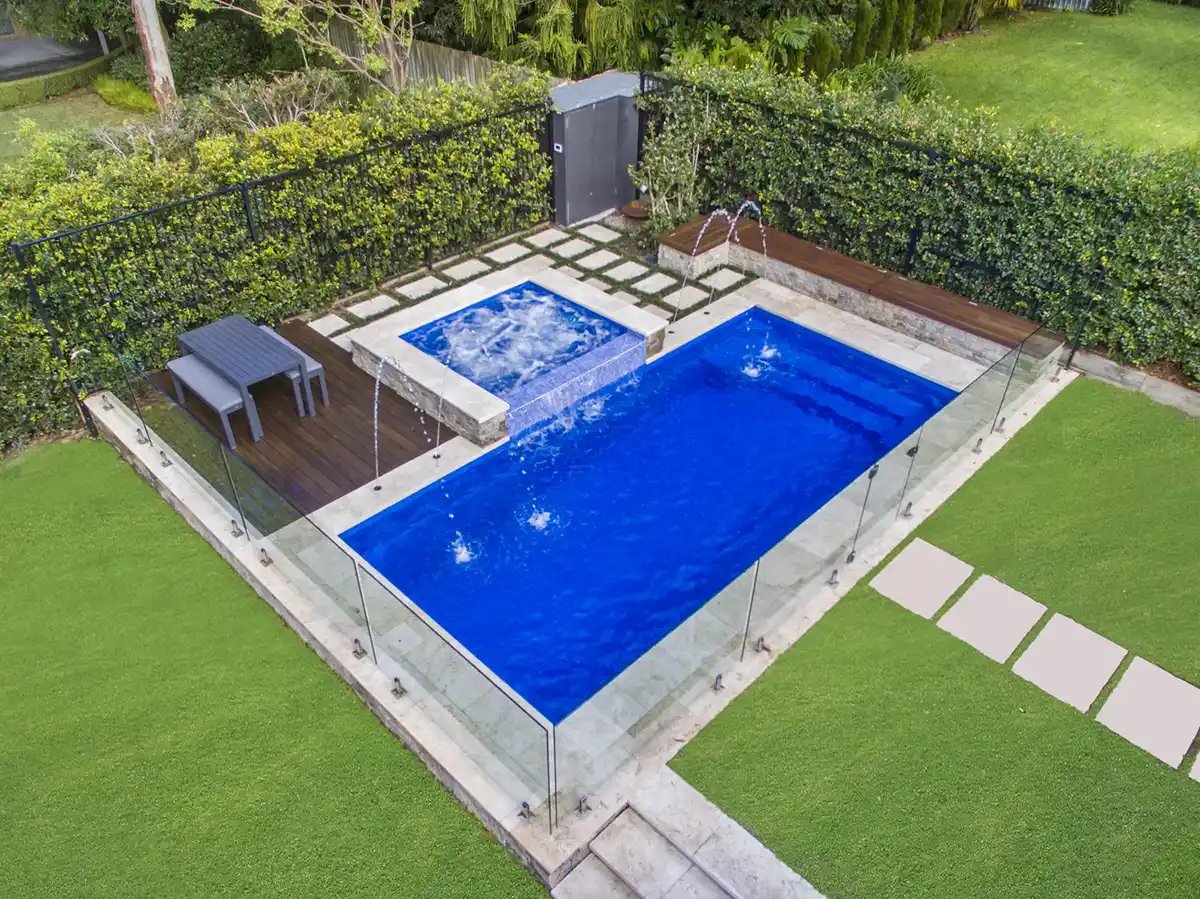
Shape
Kidney-Shaped
This is a great shape for creating a relaxing atmosphere and fits well in smaller spaces. This shape is really on trend in 2023 and the organic nature of the shape lends itself to a backyard with a relaxed vibe. One drawback is how limited it can be in terms of the usable area for free swimming.
Rectangular
If you’re concerned about changing design trends then opt for a rectangular pool. This shape is ideal for swimming laps and is a classic choice for a sleek, modern look.
Where should I put the pool?
After selecting the pool type that suits your needs, the next step is to determine its location. Ensure you review the local council and building regulations concerning the permissible site coverage, pool fencing prerequisites, and the proximity to stormwater drains.
These are a few factors to take into consideration:
• Visibility: Ensure a clear view of the pool from your home and garden. A pool can make a big impact when a visitor enters your house so you want to show it off! Enhance its appeal with lighting, this makes a big difference at night time so think about lighting up established trees.
• Sunlight Exposure: Choose a location that maximizes sun exposure to naturally warm the water. Choose the side of the backyard that will be in full sunlight for the majority of the day. Be mindful of large trees that can obstruct sunlight and deposit leaves, leaves can discolour tiles and its an extra job that you won’t want to do!
• Lounge area: Plan for convenient pool entry and exit points. Allow plenty of room around the pool for poolside relaxation, you want to allow enough space for sun loungers.
• Storage: Determine storage spaces for filtration equipment, pool maintenance tools, toys, and sun umbrellas to keep your pool area organised. A great option for keeping the filtration equipment protected and out of sight is an Acoustic Box. These can be self-assembled and will protect the equipment from the elements. You can even choose a colour that coordinates with the rest of your landscaping so it blends in seamlessly.
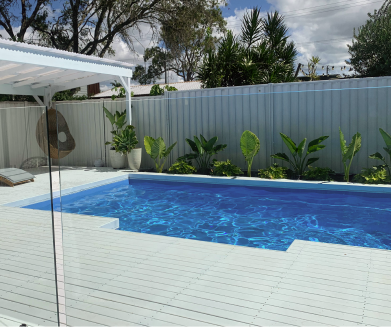
Installation
You’ve chosen your swimming pool size, shape and location and now it’s time to plan for the installation. You have two choices when it comes to the install, either you can obtain an owner builders licence (NSW) and manage the installation yourself or you can find a licensed installer who will take on the project from start to finish.
Which option you choose depends on your individual circumstances. At Swimming Pool Kits Direct some of our customers are licensed builders or have a trade so want to take on the installation themselves, however we also have a number of customers who contract a licensed installer for the entire project. As with any DIY project, the more of the work you take on yourself, the greater the cost savings you can expect.
DIY Installation
With this type of installation, you can take on as much or as little of the project as you feel comfortable with. This style of installation is more about project management. You will have greater savings from hiring your own excavation company, concreter, plumber, pool fence company and landscaper. Take your time to research each component of the pool build and take the time to get multiple quotes for each trade. This is where the cost savings come in, you can contract the work out to separate companies and get the best possible price for your project.
In the planning stage, map out the time line for each trade. Work with the pool company on securing a delivery date and once this is locked in, create a calendar to include the entire installation journey. The earlier you get the separate install trades booked in, the more efficient the installation will be. Talk to the different trades and gain an understanding of timelines e.g how long will the concrete need to set? This will impact when the tiler can start. All of these small details need to be planned for from the outset.
Full Service Installer
If you are time poor or feel more comfortable with a professional taking on the entire project then a full service installer is the way to go. Some installers will take on the project from permits right through to landscaping. The key with this option is to ensure you use a licensed installer and a recommendation is always a good place to start. This type of installation still leads to significant cost savings as you’re able to save money on a pool kit package rather than opting for a traditional all in one swimming pool company.
In the planning stages, select the tiles you would like for around the pool area, think about the finishes and discuss these with your installer. Experienced installers have great knowledge and can give you ideas on which type of tiles work best in pool areas.
Landscaping
This is the last part of the installation, however you need to plan for this at the outset. Take the planning time before you break ground to trial out different types of plants where your pool will be placed. Soil conditions and sunlight are crucial for successful planting. Purchase a small number of plants and position them in your desired area to assess suitability. Instead of investing a significant amount upfront and discovering months later that the growing conditions weren't suitable, it's wiser to experiment with one or two plants to assess their adaptability and success in your environment.
Conclusion
By considering factors such as size, shape, and location, as well as the essential elements like soil conditions and sunlight, you're laying the foundation for a successful project. Take your time, make informed decisions, and enjoy the process of creating your dream pool oasis. With careful planning, your DIY fibreglass pool will soon become a reality, enhancing your home and lifestyle for years to come. Happy swimming!







